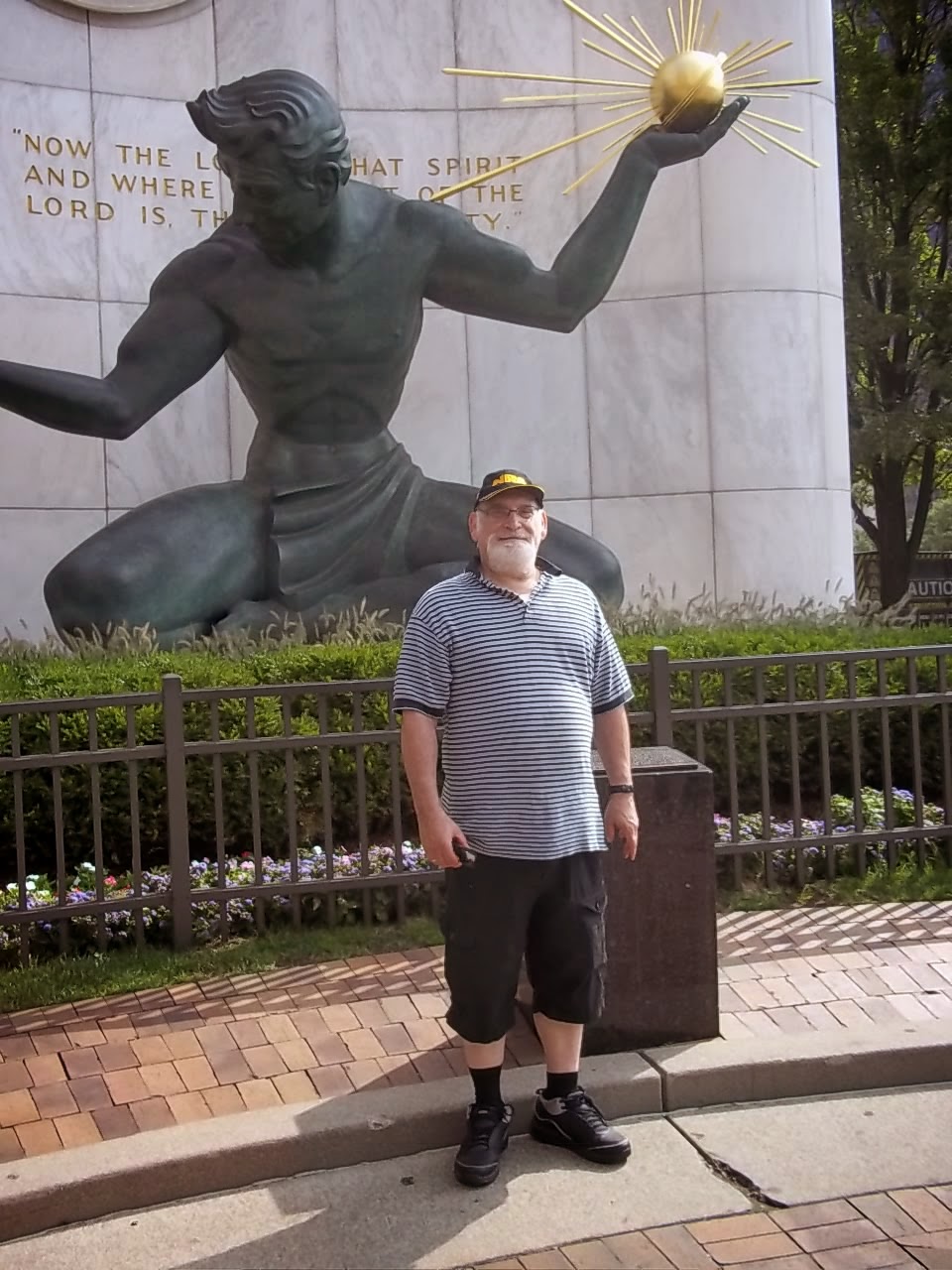Image number one is Ann and I with Fred and Lena Meijer (Meijer is a chain of groceries and gas stations in Michigan and some other States). Fred was the one interested in sculpture. Lena was the one interested in horticulture. They put their

Image number 2 is in the Arid Garden. The Arid Garden is the creation of Earl and Donnalee Holton who were friends of the Meijers. Also Earl was the President of the Company after Fred retired. Note how this image has both man made forms (the rock frame) and plants.
A good website to learn more about the park and get the park's own images is here. I'm going to try to do better providing hot links than I have on previous blogs of this type.

Image number 3 is also in the Arid Garden and it has an imagined stairway with the Giant Saguaro Cactus to the left and in the background and some barrel cactus in the front.
and if you click on the image you get a bigger version of the image.
















































